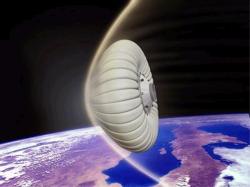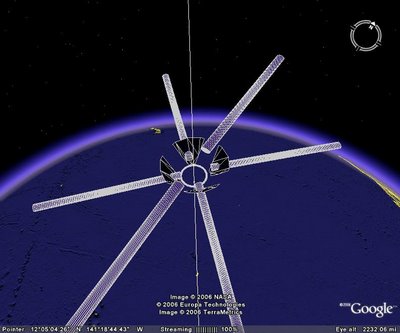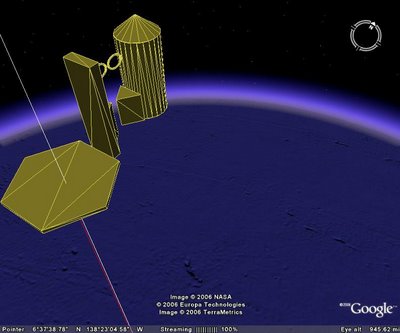 In 1969, Neil Armstrong, Edwin Aldrin (who later on changed his legal name to Buzz) descended upon the lunar surface marking the first time humans have ever visited another terrestrial object. After several trots upon the surface, both men returned towards their space craft, blasting off back home and for a hero's welcome.
In 1969, Neil Armstrong, Edwin Aldrin (who later on changed his legal name to Buzz) descended upon the lunar surface marking the first time humans have ever visited another terrestrial object. After several trots upon the surface, both men returned towards their space craft, blasting off back home and for a hero's welcome.
Three years later, the Apollo programs ended, with Americans refocusing their attention on a pop culture as well as politics and slowly became disinterested in space.
 In 2001, Space Adventures rekindled the hope of exploration by launching the first space tourist into orbit. Realizing the final frontier was no longer only within reach by governmental hands, space companies materialized around the world, offering pricey tickets towards the stars above.
In 2001, Space Adventures rekindled the hope of exploration by launching the first space tourist into orbit. Realizing the final frontier was no longer only within reach by governmental hands, space companies materialized around the world, offering pricey tickets towards the stars above.
The public was again amazed, but with space being a place for only the wealthy and the healthy, the world began refocusing on a pop culture, politics and the daily affairs of life.
Despite recent increases in funding for space programs, the public seems disinterested in space travel and sees little benefit towards the day-to-day activities of life. After all, if one is unable to take out a mortgage to the stars, why should they be interested in their children possibly living on the Moon or Mars?
If the government, scientists, and fans of cosmos want to convince all of the need to go to space, then they need to make space affordable to all, and available to all. And with prices ranging between $3,000-$7,000 per pound, humanity will not travel to the stars via rockets any time soon.
 That is unless of course you can shatter the economic barrier--the glass ceiling holding back the masses--by providing a less expensive alternative. And that is something that an elevator to the stars might be able to do.
That is unless of course you can shatter the economic barrier--the glass ceiling holding back the masses--by providing a less expensive alternative. And that is something that an elevator to the stars might be able to do.
The space elevator is one of the few technologies available at reducing the cost of space from the current rock bottom price of $3,000 per pound to around $400 per pound (with some even suggesting that the price could be further reduced to a mere $23 per pound).
Reducing the cost of travel will for the first time allow millions of individuals to explore the final frontier and settle on other worlds, reclaiming space as their inheritance not only for their children but for future generations as well.
No one ever said building a structure stretching 62,000 miles from the ocean floor to outer space would be easy. Constructing such a feat will require patience, focus, invention of new technologies, and determination that will not waver in spite of what the opposition has to say.
 There may be failures, but there will also be successes, and the end goal is to grant access to the stars for the not-so-poor, the physically unfit, and for businesses desiring to enhance life for everyone down on planet.
There may be failures, but there will also be successes, and the end goal is to grant access to the stars for the not-so-poor, the physically unfit, and for businesses desiring to enhance life for everyone down on planet.
Skeptics may dismiss an elevator to the stars as way of opening up space to everyone, but then again, when was the last time anybody else provided another working solution to bring the masses into space?
"The practical dreamers have always been, and always will be the pattern-makers of civilization." ~Napoleon Hill, Think And Grow Rich
"Better is the end of a thing than the beginning thereof: and the patient in spirit is better than the proud in spirit." ~King Solomon, Ecclesiastes 7:8
Update: Corrected publishing date (this one was sitting in Draft mode for a while).



















![ColonyWorlds[at]Gmail[dot]com](http://img.photobucket.com/albums/v438/hiddennook/ColonyWorlds.png)






